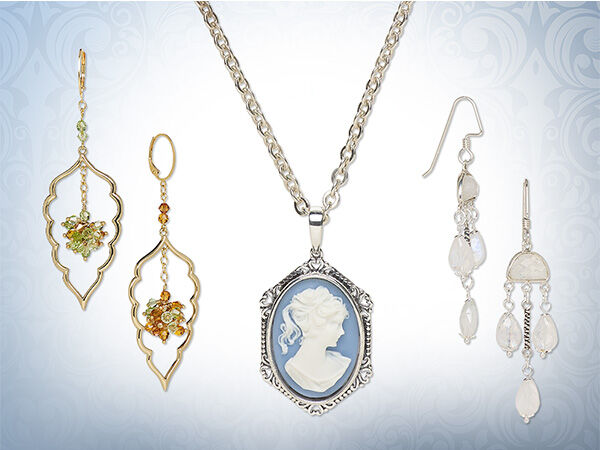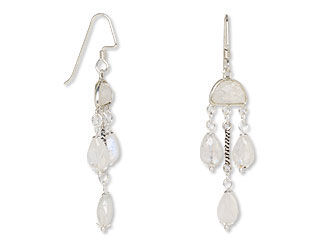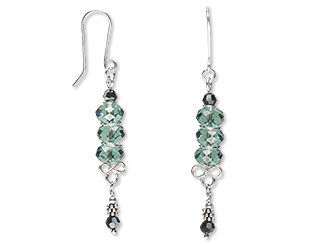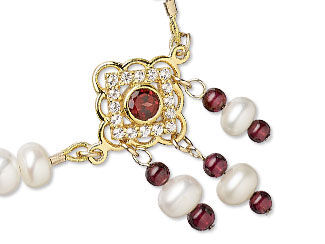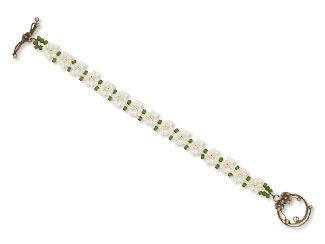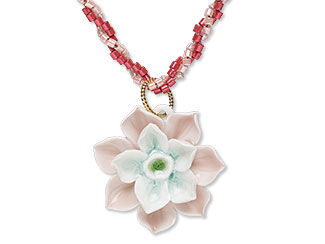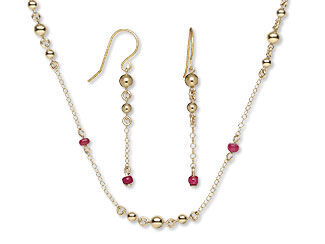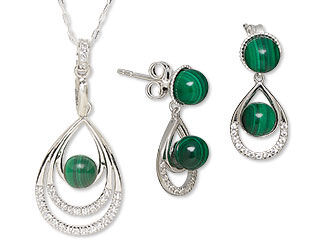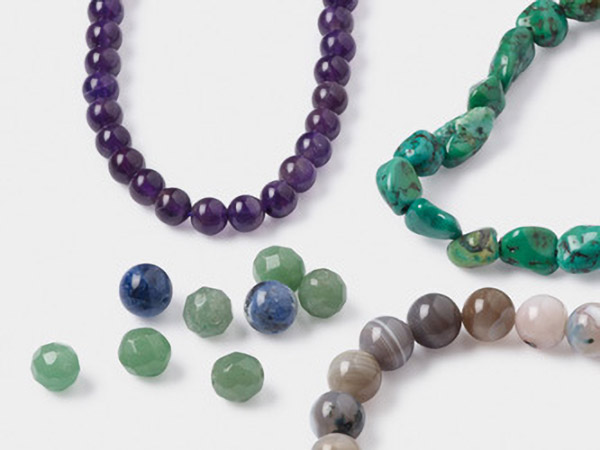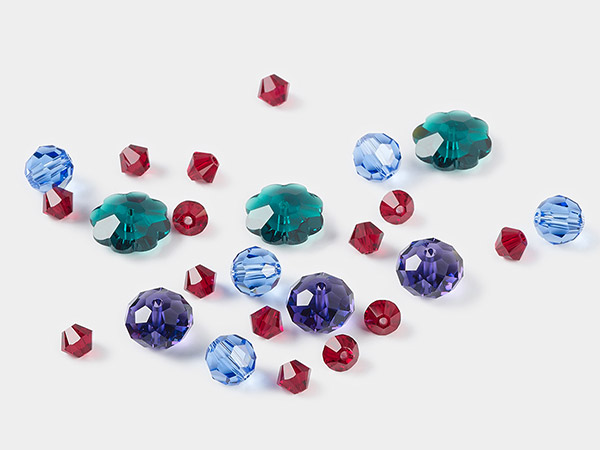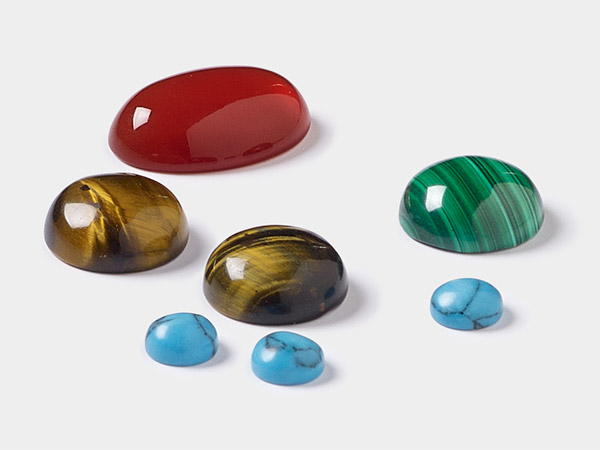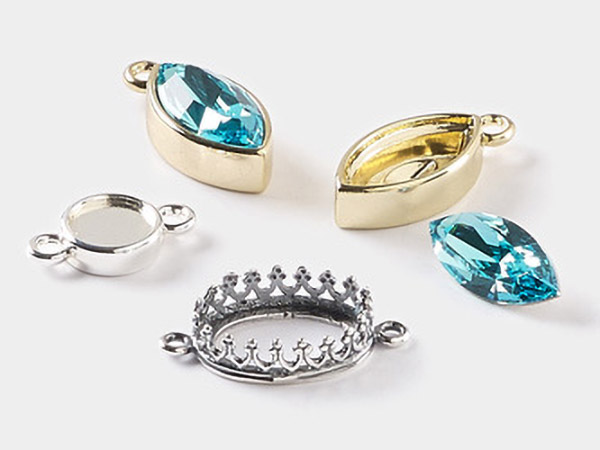Regency Era Jewelry
"Is there a felicity in the world superior to this?" Marianne said.
- Sense and Sensibility: Volume I, Chapter 9, Jane Austen
The Regency era--from around 1800 to 1820--was renowned for simpler, less complicated fashion and style. Named after the time when the Prince of Wales (George IV) served as Regent for his father (King George III, the king the American colonies rebelled against), the Regency was a subset of the Georgian period. While "Georgian" is more often used to describe architecture, "Regency" is applied to fashion.
Inspired by the grace and poise of Roman and Greek statuary, Regency style replaced the overly complex aristocratic styles of the mid-1700s with a naturalistic and elegant aesthetic in fashion and accessories. Such simplicity in fashion brought with it an appreciation for small details, subtle beauty and quality craftsmanship. One of the most recognized representations of this era is the much-celebrated literature of Jane Austen followed, later, by the writings of Georgette Heyer.
The Regency Style
Following the French Revolution, fashion was transformed with flowing under-bust column gowns in fine, filmy fabrics and delicate floral accents made by fabric printing, ribbon and embroidery. White was the dominant color of the age, but it was almost always accented with floral-inspired colors that were incorporated onto bonnets, floor-length redingote jackets, belts, reticule bags and Spencer jackets. The jewelry and accessories were simple in comparison to the heavy, fussy styles of previous decades--being instead uncomplicated in construction and focusing on one or two main materials that complemented each other in balanced harmony.
It was frequent for women to own complete parures, or matching sets, of jewelry that included earrings, a ring, a necklace of either long or short length, a brooch and two bracelets. Sometimes, for evening wear, a matching diadem or tiara and a jeweled belt were also worn. The complete set was never worn at the same time by the stylish or tasteful. Only a few pieces were selected to don at one time, as a less-is-more attitude towards accessories was adopted.
The Regency Color Palette
Choosing the right colors to translate the Regency look into jewelry is one of the most important elements. To appreciate these key colors, it is important to be familiar with the color names of the age that were both curious and puzzling. For instance, the color coquelicot (pronounced kock-lee-co, and first recorded as a color name in 1795) was a saturated poppy red with hints of pink and orange. This color today can be achieved with the use of padparadscha, hyacinth and light Siam Crystal Passions® beads.
Jonquil, primrose and evening primrose were all varying shades of yellow akin to the blooms they were called after. These yellow colors added warm, optimistic hues to the Regency palette. Sunny jonquil and sand opal Crystal Passions® colors can closely translate these colors. Pomona, a dark shade of apple green, was named for the Greek goddess of fruiting orchards. Paris green was similar to chrysoprase in hue and was popular because it was the first colorfast green available. Unfortunately, it was produced by mixing copper arsenic powders and other toxic chemicals. Pomona and Paris green colors can be incorporated into jewelry with the use of chrysolite opal and erinite Crystal Passions® colors as well as green quartz and apple green chrysoprase gemstone beads.
Another color name that may surprise is that of puce (pronounced p-YOU-ss), the French word for flea. Indeed, the color was known to be similar to the brownish purple-red of old blood that could be found in the pests. Incredibly, even with its odd name origin, puce was one of the top fashion colors used!
Easily incorporate the puce color into jewelry designs by using garnet gemstone beads or Crystal Passions® "maroon pearls or ruby and burgundy crystal colors.
Of course, the staple colors of white, Spanish brown, dove grey, powder blue, pale lilac, peach blossom and wild rose were incorporated into the everyday wardrobe in great abundance. Today, jewelry designers often use ivory instead of a crisp white to give their Regency-inspired jewelry designs the impression of age.
Recreate This Style
Regency Era jewelry designers valued quality over quantity when it came to materials, selecting high-quality precious and semi-precious gemstone beads such as emerald, sapphire, citrine, ruby, garnet, black onyx, jet, amethyst, chrysoprase, aquamarine, peridot, topaz, bright ''Persian blue'' turquoise, cultured freshwater and saltwater pearls. High-quality gold-filled, fine silver and sterling silver metals were used. (Sterling silver-filled is a modern option for recreating these Georgian or Regency styles.) Often times, the metals were mixed together in floral filigree designs that echoed the embroidery seen on the empire-waist gowns.
The most common jewelry styles worn were a single strand of beads or pearls knotted together with a fantastic clasp, a fine gold chain necklace with dainty crystal drops with matching earrings (sometimes called "ear bobs") or a petite portrait brooch. Pearl strands and velvet ribbon were commonly paired with faceted gemstone beads or cameo sets. Hair jewelry was also highly popular at this time including combs, pins, picks and tiaras.
The tradition of a ''lover's eye'' locket was also the height of fashionable accessories. This secret locket consisted of a picture of just the eye of a beloved person with perhaps the eyebrow and a wisp of hair on the temple showing. The secret love locket was a way to discreetly hold your love near your heart at all times. You can emulate these portrait styles by embedding a loved one's printed likeness into pourable resin, encapsulating it under a clear glass cabochon in a mounting or decoupage it with Mod Podge®.
Opera length necklaces that went to the bottom of the rib cage and chokers that rested on the collarbone were the most popular necklace styles worn. All manner of earring lengths were seen and they often included a poetic influence, incorporating bows, ovals and teardrops.
Overall, jewelry designs tended to be heartfelt with deep personal meanings, being small in scale and sentimental in nature. Incorporate symbols popular to the Regency Era with charms, drops and components in Greek key patterns, acorns, doves, wheat sheaves, feathers, miniature portraits, lockets, cameos and floral mosaics.
Have a question regarding this project? Email Customer Service.
Copyright Permissions
All works of authorship (articles, videos, tutorials and other creative works) are from the Fire Mountain Gems and Beads® Collection, and permission to copy is granted for non-commercial educational purposes only. All other reproduction requires written permission. For more information, please email copyrightpermission@firemtn.com.
